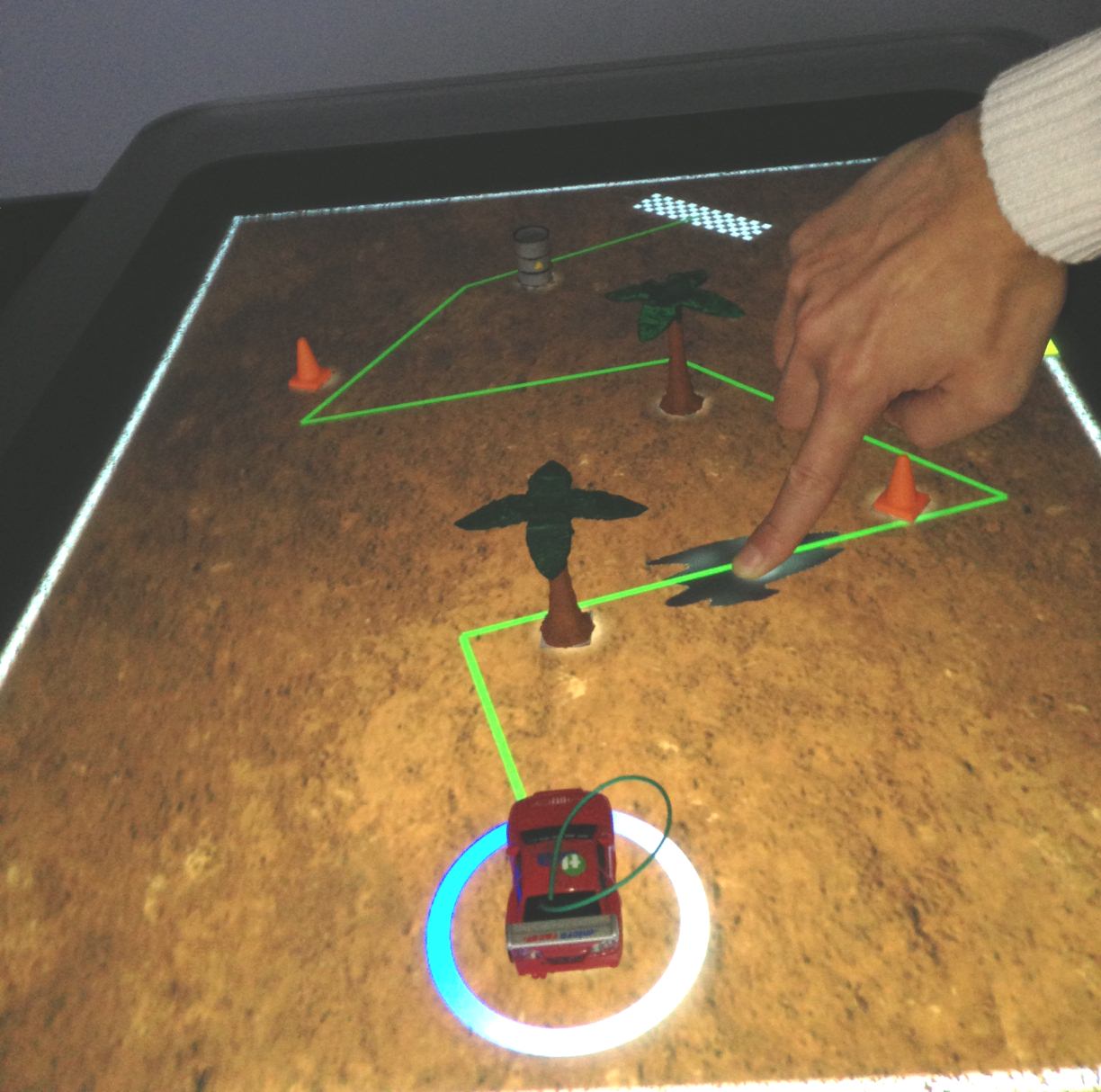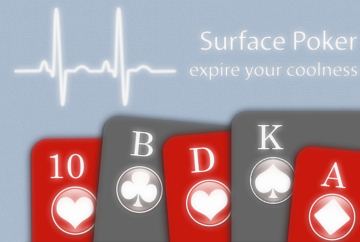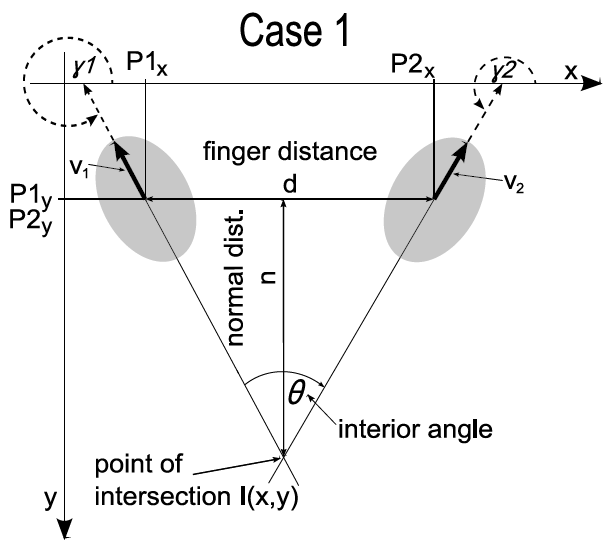Environs

Environs is a software framework intended to ease development of research projects that consider environments with multiple touch-enabled displays, such as mobile smartphones, tablets, phablets, etc.., large horizontal interactive tabletops, or large public displays.
Such environments afford for novel collaborative or distributed applications or distributed user interfaces and usually are comprised of heterogeneous device platforms. Within such environments, Environs enables secure communication, secure data exchange, and low-latency video-portal applications. The architecture of Environs is based on a common codebase developed in C/C++.
- Project homepage
- ACM EICS 2014 conference paper
Dang, C. T., and André, E. A Framework for the Development of Multi-display Environment Applications Supporting Interactive Real-time Portals. In Proceedings of the 2014 ACM SIGCHI Symposium on Engineering Interactive Computing Systems, EICS ’14, ACM (New York, NY, USA, 2014), 45–54.
- Interact 2015 workshop paper
Dang, Chi Tai, Masoodian, M. and André, E. (2015). Private Focus Portals to Shared Energy Visualizations. Adjunct Conference in Proceedings of INTERACT 2015, INTERACT Workshop on Fostering Smart Energy Applications, FSEA 2015 (Bamberg, Germany, 15 September), University of Bamberg Press.
- ACM ITS 2014 conference poster
Jin, Y., Dang, Chi Tai, Prehofer, C., and André, E. (2014). A multi-display system for deploying and controlling home automation. In Proceedings of the Ninth ACM International Conference on Interactive Tabletops and Surfaces, ITS ’14, pages 399-402, New York, NY, USA. ACM.
TabletopCars

The TabletopCars project was realized together with two students within two bachelor courses in which we upgraded micro-sized RC cars with a uC-bridge that allowed us to control the cars with arbitrary computers. Based on this, we developed several race car games that employed the features of interactive tabletops (e.g. for tracking objects on the surface) so as to realize novel multimodal game experiences.
- Andreas Seiderer: Entwicklung eines Surface-Spiels basierend auf tangiler Interaktion mit Mini-Autos
- Matias Schultz: Entwicklung eines Surface-Spiels basierend auf tangiler Interaktion mit Mini-Autos
- ACM TEI 2013 conference paper
Dang, Chi Tai and André, E. (2013). TabletopCars: interaction with active tangible remote controlled cars. In Proceedings of the 7th International Conference on Tangible, Embedded and Embodied Interaction, TEI ’13, pages 33-40, New York, NY, USA. ACM.
Surface-Poker

Surface-Poker evolved from a student project as part of the course “Multimedia Praktikum” held in winterterm 2009/2010 by me at the Lab for Human Centered Multimedia of the University of Augsburg. The students had to creatively elaborate and implement a game for the Microsoft Surface table that takes biosignals into account to affect the gameplay.
The outcome was a system that employed interaction techniques enabled through the Microsoft Surface, explored how visualization can be seamlessly combined with interaction for gameplay, and integrated biosignals of players collected and transformed by means of the SSI-framework into gameplay.
- Project homepage
- ACM ITS 2010 conference poster
Dang, Chi Tai and André, E. (2010). Surface-poker: multimodality in tabletop games. In ACM International Conference on Interactive Tabletops and Surfaces, ITS ’10, pages 251-252, New York, NY, USA. ACM.
Hand Distinction for Multi-touch Tabletop Interaction

Within a master thesis with Martin Straub, I devised and implemented a new algorithmic approach to map a collection of indiviual finger touches to their associated hand. By this means, tabletop (or multi-touch) applications receive the awareness of whether one hand or more hands are actually performing the input and adapt the interaction techniques appropriately.
- Martin Straub, Master thesis
- ACM ITS 2010 conference poster
Dang, Chi Tai, Straub, M., and André„ E. (2009). Hand distinction for multi-touch tabletop interaction. In Proceedings of the ACM International Conference on Interactive Tabletops and Surfaces, ITS ’09, pages 101-108, New York, NY, USA. ACM.
HomeScreen Plugin for Windows Mobile

During my study in Augsburg and afterwards in Ulm, I developed several freeware tools and a flexible and dynamic freeware HomeScreen Plugin for the Windows Mobile operating systems, which allowed overclocking of mobile devices, counting of data traffic and call times, and enabled customization of the user interface (as well as interaction) through an user-provided xml in addition to extending the functionality by means of external applications.
I’ve also developed a freeware script interpreter called TinyBatch for the Windows Mobile operating system, that behaved akin to a DOS batch interpreter and was intended to just prepare a process environment and invoke processes.
Meanwhile (as we all may know), Windows Mobile (which btw. had quite a lot potential) is not anymore. Hence, the following links are just for archive purposes and not updated by me, i.e., the presentation/layout may be broken.

